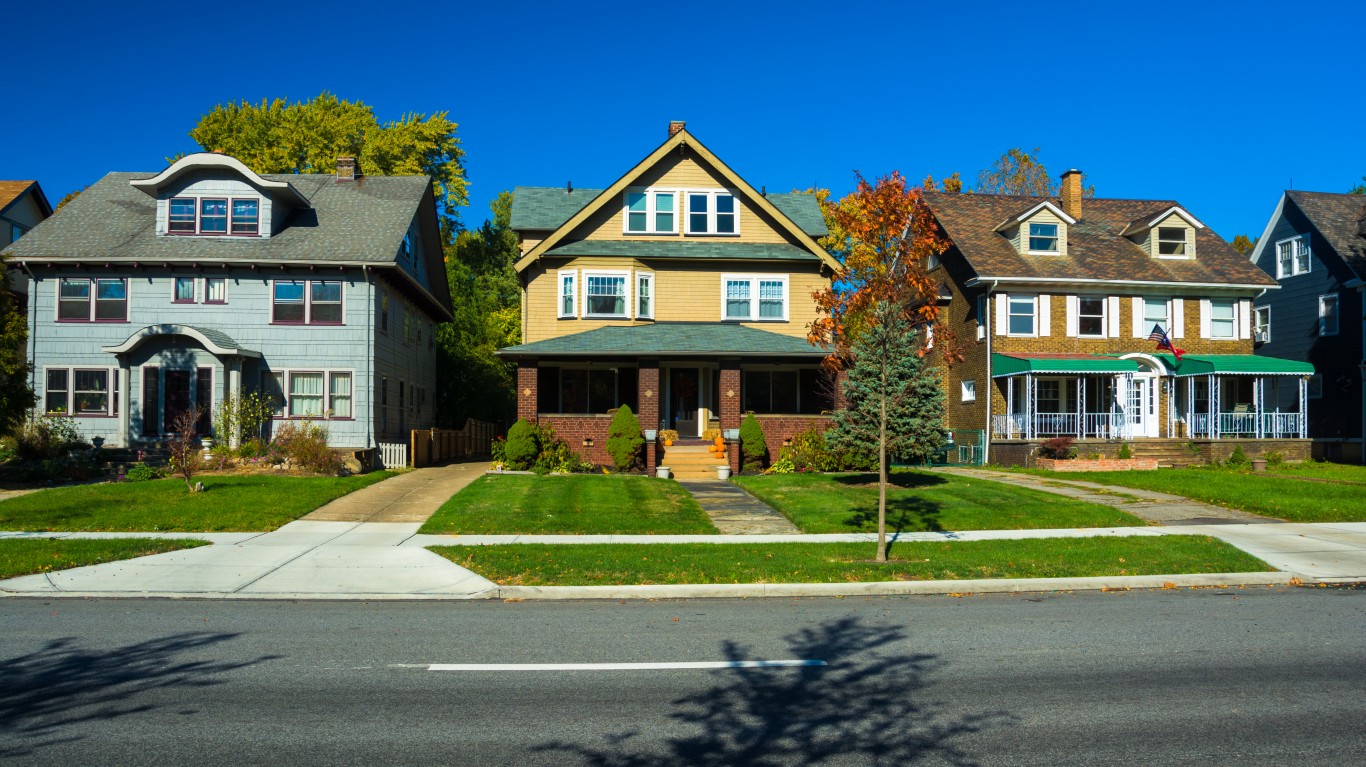
The housing market in America has exploded over the past year. According to the carefully followed S&P CoreLogic Case-Shiller U.S. National Home Price NSA Index, home prices increased 19.5% in September compared to the same month last year. The August figure was 19.8%. The city with the largest increase among the 20 metros the research follows was Phoenix at 33%.
What has fueled the increase? Low mortgage rates are one reason. For the past several years, a 30-year fixed mortgage often carried an interest rate below 3%. Another reason is that Americans have been moving from expensive coastal cities like New York, Los Angeles and San Francisco to less expensive cities inland. These are often identified as having a better quality of life. In part, the ability to move is due to the COVID-19 pandemic trend of working from home. People are no longer tethered to the locations of the offices they once traveled to.
Ironically, the rush of people to move to smaller cities has driven up prices in these places. Inventories have shrunken and there are fewer houses for buyers.
The mortgage picture has changed substantially in the last few months. ATTOM, a large real estate research firm, recently released a study titled “Mortgage Lending Declines at Unusually Fast Pace Across U.S. During Third Quarter of 2021.”
Its study found that 3.59 million mortgages on residential property were originated in the third quarter. This was down by 8% from the same quarter a year ago. The report points out that “it was the first time in any year since at least 2000 that lending activity declined in both the second and third quarters, which usually are peak buying seasons.”
The number of purchases that involved mortgages and refinancing dropped. The level of home equity lines of credit rose. What does this mean? ATTOM researchers believe that the housing boom is “cooling off.” If so, this would break a multiyear trend that started when the housing market began its recovery from the Great Recession.
There was a widespread range of new home loan rates from city to city and state to state. ATTOM looked at two levels of market size. The first was those with populations over 200,000 and with at least 1,000 total loans in the third quarter. The other was cities with populations over 1 million.
Among all cities in the two population categories, the one with the largest drop in lending activity was Pittsburgh, where it was down 53.2%.
Click here to read about the most expensive cities to buy a home in.
Get Ready To Retire (Sponsored)
Start by taking a quick retirement quiz from SmartAsset that will match you with up to 3 financial advisors that serve your area and beyond in 5 minutes, or less.
Each advisor has been vetted by SmartAsset and is held to a fiduciary standard to act in your best interests.
Here’s how it works:
1. Answer SmartAsset advisor match quiz
2. Review your pre-screened matches at your leisure. Check out the advisors’ profiles.
3. Speak with advisors at no cost to you. Have an introductory call on the phone or introduction in person and choose whom to work with in the future
Thank you for reading! Have some feedback for us?
Contact the 24/7 Wall St. editorial team.




